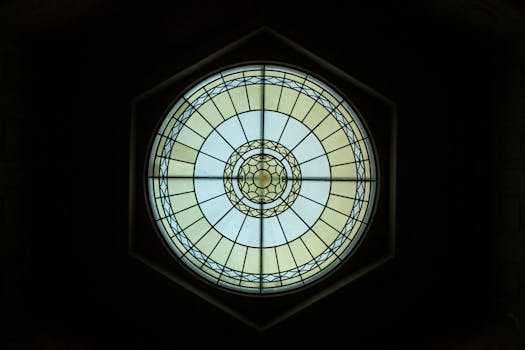
Traveling Through Time: How Europe’s Historical Heritage Shapes Modern Lifestyles in 2025
Traveling through time, Europe’s historical heritage shapes modern lifestyles in 2025, with its rich history and cultural landmarks continuing to influence contemporary society. From the ancient ruins of Greece and Rome to the medieval castles of England and France, Europe’s historical heritage is a treasure trove of inspiration for modern lifestyles.
Historical Landmarks and Modern Architecture
Europe’s historical landmarks have had a profound impact on modern architecture, with many contemporary buildings and structures drawing inspiration from the past. The Colosseum in Rome, the Acropolis in Athens, and the Eiffel Tower in Paris are just a few examples of historical landmarks that have shaped modern architecture.
The use of historical styles and motifs in modern architecture is not limited to Europe, with many buildings around the world incorporating elements of classical design. However, it is in Europe where the historical heritage is most pronounced, with many cities and towns boasting a rich array of historical landmarks that continue to inspire modern architects and designers.
Art and Culture
Europe’s historical heritage has also had a profound impact on modern art and culture, with many contemporary artists and musicians drawing inspiration from the past. The Renaissance, which saw a resurgence of interest in classical Greek and Roman culture, has had a lasting impact on modern art, with many artists continuing to draw inspiration from the works of Leonardo da Vinci, Michelangelo, and Raphael.
The influence of historical heritage on modern culture is not limited to art, with many contemporary musicians and writers also drawing inspiration from the past. From the folk music of Ireland and Scotland to the literature of England and France, Europe’s historical heritage continues to shape modern culture in many ways.
Cuisine and Tradition
Europe’s historical heritage has also had a profound impact on modern cuisine, with many traditional dishes and drinks continuing to be enjoyed today. From the pasta dishes of Italy to the beer halls of Germany, Europe’s culinary heritage is a rich and diverse one, with many contemporary restaurants and chefs drawing inspiration from the past.
The use of traditional ingredients and cooking methods is not limited to Europe, with many cuisines around the world incorporating elements of historical heritage. However, it is in Europe where the historical heritage is most pronounced, with many countries and regions boasting a unique and distinct culinary tradition that continues to shape modern lifestyles.
Conclusion
In conclusion, Europe’s historical heritage continues to shape modern lifestyles in 2025, from architecture to art and cuisine. With its rich history and cultural landmarks, Europe remains a source of inspiration for contemporary society, with many modern lifestyles drawing inspiration from the past. Whether it’s the historical landmarks of Rome, the art of the Renaissance, or the traditional cuisine of Germany, Europe’s historical heritage is a treasure trove of inspiration for modern lifestyles.






